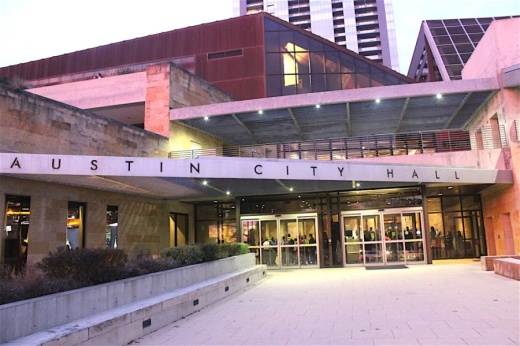The point was echoed several times by City Council members who, on May 28, discussed the proposal that divides the funds across 22 programs, ranging from the city’s emergency response and public health needs to a robust economic recovery strategy. However, as the conversation over Cronk’s framework progressed, there was a growing consensus that more money needed to be spent on direct financial aid to the community’s most vulnerable residents.
Under the $103.2 million allocated for economic recovery, Cronk set aside $15.5 million for direct financial support, which would occur essentially in the same fashion as the RISE program created by City Council in April. That program sent $7.6 million in tax dollars to organizations equipped to provide direct financial relief, such as pre-paid debit cards, to families and community members who fell between the cracks of federal, state and local relief efforts.
Other programs offered through the economic recovery strategy included $23.8 million in rental assistance to struggling tenants, $5.4 million in food assistance, $2 million for childcare service and $23.5 million in small business recovery funds.
Although City Council members praised the proposal, some said the direct financial assistance allocation provided critical help to struggling families. Rental and food assistance are crucial, but direct cash payments allow residents to pay for prescriptions, medical bills and other expenses, Mayor Pro Tem Delia Garza said.
With a strong cap placed on the city’s $271.6 million relief bank, City Council understood they would have to make the admittedly difficult decision of moving money proposed for other programs.
City Council members briefly mentioned money set aside for the creative economy, the small business recovery fund, technical assistance for grantees and money for nonprofit assistance as potential candidates for fund adjustments.
However, City Council expects to make real progress on that discussion next week, ahead of its regularly scheduled meeting on June 4, during which the elected officials will vote on whether to support Cronk’s spending plan.
The $271.6 million coronavirus relief fund is financed mostly through the $170.8 million received through the federal government’s CARES Act. Austin’s deputy chief financial officer Ed Van Eenoo said the city expects to receive between $50 million and $55 million from the Federal Emergency Management Agency, with much of the remaining dollars coming from the city’s emergency reserves.
Van Eenoo said Austin was in “rarified air” with how well it has saved for emergencies. Even with significant draw downs from its reserves in response to the pandemic, Van Eenoo said he expects Austin to remain in good financial position by the budget cycle’s end.





